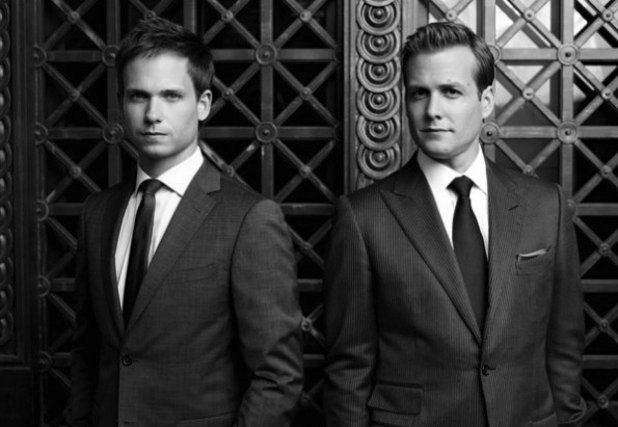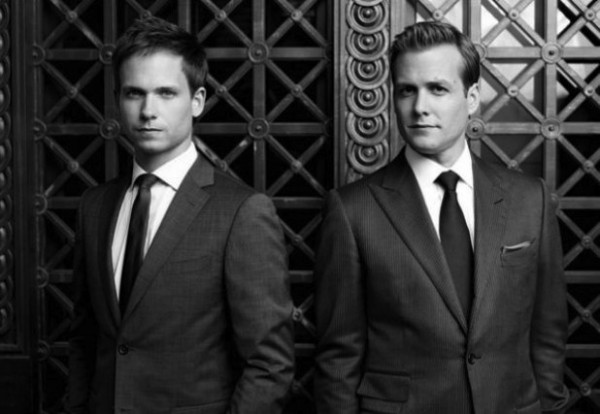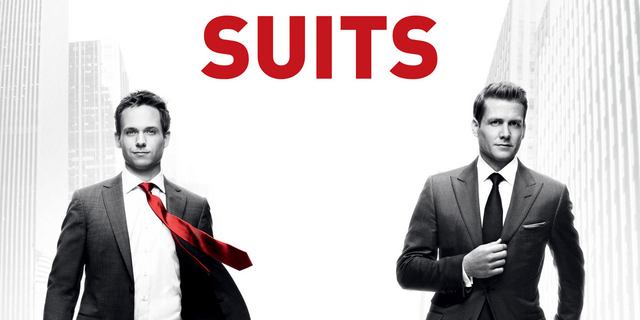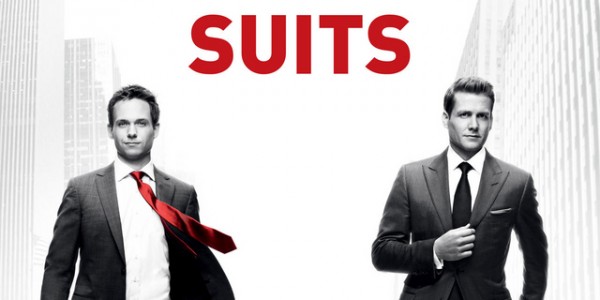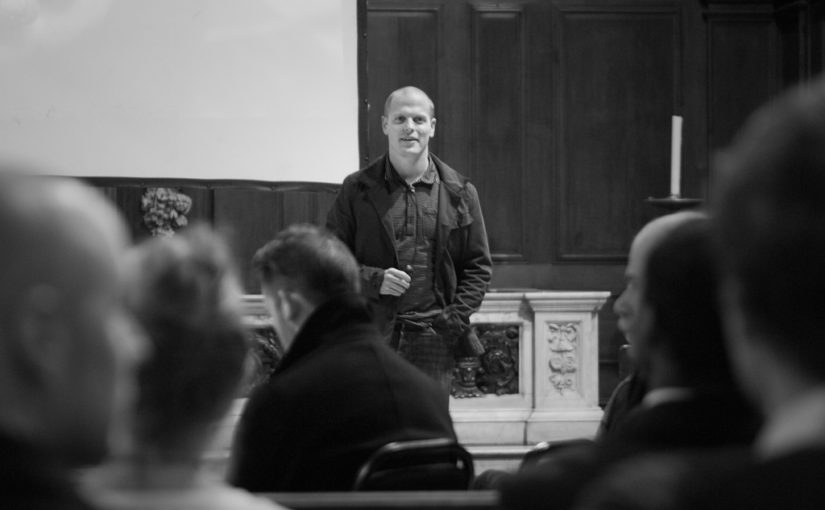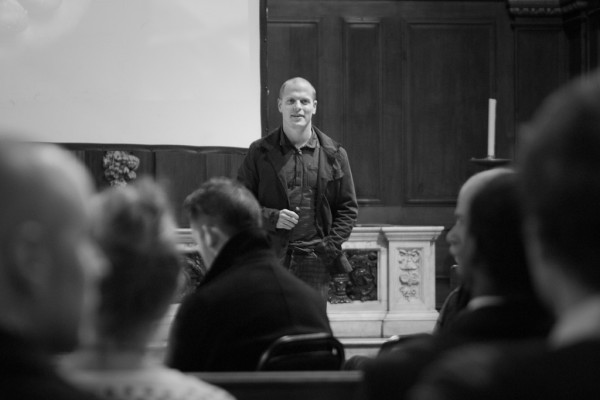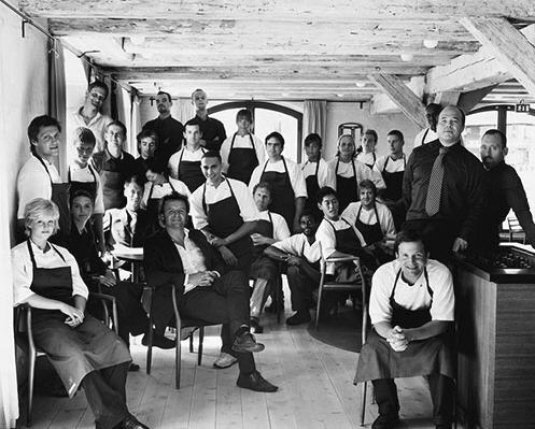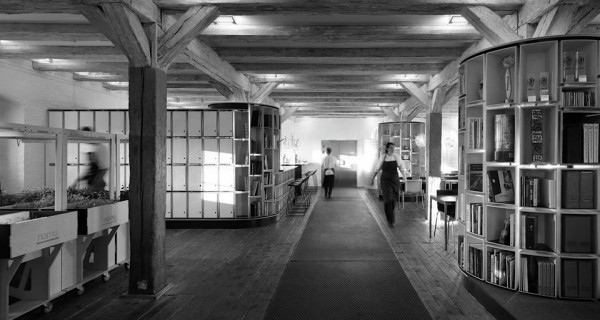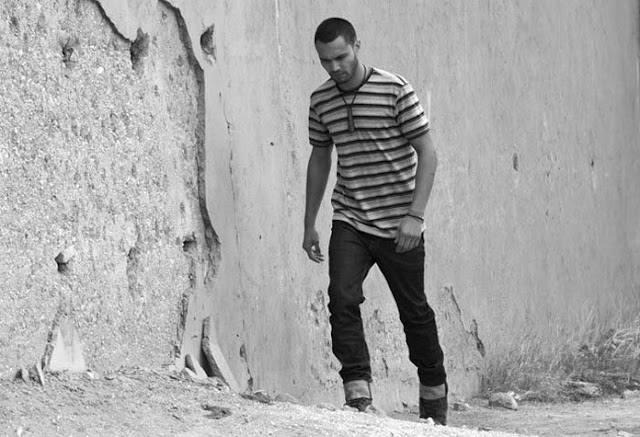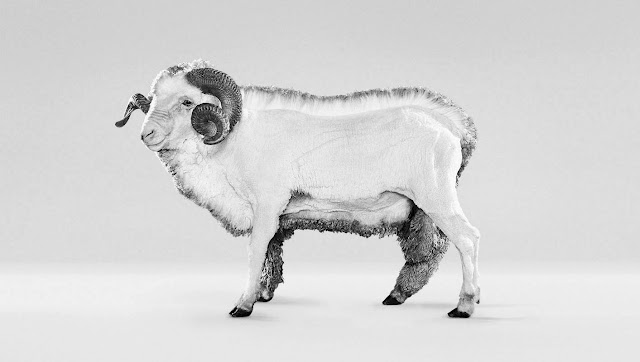So I wanted to give a quick update on the insolvency situation with the skifields on Mount Ruapehu. You might have noticed today in the press that the valuation seems to be settling in for what the life pass holders’ votes would be worth at the watershed meeting in terms of voting on the outcome of the insolvency process.
Community Ownership
I’ve had a few people ask me, “Okay, well look, how did we get into this situation in the first place and what do we want to have happen going forwards? Because it’s just all too complicated, too much corporate stuff.”
The first thing to remember in terms of fundamental principles is the skifields have run as a community owned non-profit for 70 years. Thousands of skiers over the years have bought debentures, bought shares in the company, bought life passes, season passes, etc. All sorts of people have been involved over time and fundamentally, this is a skifield that was created by the skiers for the skiers.
And therefore, in a lot of ways, the skiers are the natural owners of the skifields on Mount Ruapehu because we are the ones who will support the skifields in good times and in bad. And owning a ski field in a national park on a mountain that is sacred to the local Iwi, it can’t be about exclusive possession, and profit, and extracting value. It’s about a responsibility to cherish and respect and stay humble in the face of the mountain.
People keep saying to me that, “Oh, we don’t want to end up here again” and you know, the fastest way to end up here again is to give the ski fields to a hundred percent for-profit corporate investor and then wait for a couple of years for a snow bad snow year, or some trouble getting local staff or an eruption. And then the business-case for top-up investment won’t stack up in, we’re gonna be right back here with the company out of money quicker than a rich banker can say. “I’m sorry, the business case doesn’t stack up to throw good money after bad, and we’re pulling the plug.” And that’s something that it was just too terrifying to imagine in terms of the consequences for the local economy, the local community, and the skifields.
So if you want to avoid being back here, then we need to let the people who love the mountain have the chance to become the long-term owners of the assets. And a little bit like parents of teenagers, we might not love it if the skifields happen to run out of money again. And they call up asking for money in the future, but then we are always gonna be there. We will do whatever it takes to keep these skifields operating because we love being up in the mountains and we value it. And, and that’s, something that’s fundamentally priceless. And it’s not gonna appear on the balance sheet for some corporate investor.
It’s not a non-profit because we hate making money, it’s because it’s a tough mountain and frankly, you need to be ploughing every cent that is generated in terms of returns back into maintenance and improving the assets. It’s an expensive sport, and the non-profit element does help keep the lift prices modest and and inclusive in terms of people being able to come out and try out the sport. It means that when you come to negotiate with DOC or with Iwi about the concession renewals, there’s not just some rich overseas company exploiting our natural resources for their own gain. It’s a locals mountain, and these days, by locals, I mean the entire central North island.
Insolvency background
So, where did things go wrong? I think when things went wrong with the skifields, was when they tried to get more corporate and started borrowing money, covid and some of the recent bad snow years were really just the last straw. They’re not necessarily what caused the situation that we’re in at the moment. The Sky Waka is a national treasure and it was funded by a pretty good mix of bonds from Iwi, strategic investors, government loans, etc. Lots of people came together to get that project going but there should probably have been shares or multi-year passes or life passes or something sold so that it wasn’t just all debt. Because we know, particularly now, that no business can survive only on borrowed money.
The former board of directors had somehow formed this view that you either couldn’t sell shares because there was no dividend, or that if you did sell shares that would somehow be illegal, or that even if you could legally sell shares, that no one would want them. And we’ve now tested that out pretty thoroughly, and that’s not quite right. We’ve gotten independent legal advice on issuing shares. We’ve even went as far as writing to the FMA and, obviously they can’t provide legal advice, but we’ve found plenty of examples of co-operative businesses raising capital, and we’ve found lots of examples of companies that don’t pay a dividend – but rely on a capital gain or capital appreciation, and they’re perfectly able to raise capital. So this business is able to be invested in. It might need some modifications to do so, but it is an investible proposition and we’ve done research that has shown that there are tens of millions of dollars out there in people that want to invest in supporting the skifields.
There are thousands of people who have come out saying that if we could get this thing onto Snowball Effect or the Unlisted Market, some sort of ability for people to buy shares, that they want to be co-owners of the skifields. That’s something that’s exciting to people. And if there was a return that happened to go along with it, then more the better, but that’s not the fundamental thing driving them. And that’s okay.
We’ve run some financial models going back the last 15 years just to test how the share price would have fluctuated if you priced it based on “net asset value”. And so it ranges between about $800 per share when the company’s having a bad time, and then it went up to about $1,700 per share and the average is about $1,000 a share. Now, that’s no indication of what the share price would be going forward, but what it did prove is that it is possible to run a model that shows what a fair price would be for the business in terms of either buying shares, selling shares, operating a market, all of those sorts of things. It’s not, it’s not to say it’s easy, but it’s certainly possible.
Voluntary Administration Process
So it is good that the government have stepped in and supported the skifields over the last year or so. It’s been amazing to have that support, but seeing them then turn around and use those loans to step in, override the legal Voluntary Administration process and basically run a “shadow liquidation” and sell off the assets and privatise them. Just doesn’t seem fair-play. The government are major creditors and they’ve put significant money into the business and as the crown, they could have been uniquely positioned to try and bring all of the parties together and find a collaborative solution that created long-term stability for the skifields that we’re all looking for. But somehow it seems like the government have appointed the specialist insolvency practice, and they’ve been conducting basically a shadow liquidation and they’re selling off the assets to the highest bidder. This process needs to have been run with the highest levels of integrity because it’s such an important asset to the community.
One thing I can point to is that PwC have published on their website, the official minutes of the creditors committee meetings, they’re worth reading because one of the things that they show is that the government have not attended any of those meetings. And I mean, where have they been? They’re every week and they’re talking about the skifields and the government just haven’t been there. And, that’s telling. I think what’s happening, if you read the minutes of those meetings, that you can tell of layered in between the conversations, that the government have taken control of the process. So they’ve been the ones that wanted to sign off on the season passes, which still haven’t gone on sale, – the snow’s falling and we still don’t have season passes available for sale. And they’ve been wanting to be the ones reviewing potential bidders and organising the pre-pack process in terms of how the insolvency plays out.
It’s amazing that the government stepped up. But they only, invited us as a ski community to get involved at the last minute. So we ended up spending our Easter Weekends writing up a bid, and we did that because no one else had officially put up their hands and said that they working a bid. There were some rumours about who might put in a proposal, but they’d been pretty secretive about that. And, I respect that because they had NDAs, but it did mean that we were left with a situation where the fact was that no one had put up their hands. And so someone had to, and so we as a community did put up our hands to be involved. And the government put a bunch of terms on that bid. Conditions that I can definitely not talk about because they’re subject to very specific non-disclosure agreements. But they had pre-existing views on everything from life pass holders, whether or not they had to pay, treatment of secured creditors, trade creditors, even the process and mechanism for implementing of the transaction. And again, I cannot talk about that, but what I can say is, it’s not a pretty picture.
I think what’s gotten the local community, Iwi, and the Mountain Clubs riled up is that the government then seemed to have gone out and chosen their winners without consulting anyone. And probably, not giving us a fair go. There’s been no transparency on what the criteria are for those selected bidders. And even then, it’s not the government’s mountain to just unilaterally sell to the highest bidder. That doesn’t seem fair. There have been two community bids and it looks like the corporate types aren’t giving them a run or following due process. But, that’s a story for another day.
National Park Concession
I will let you in on a secret in terms of why I think community ownership is so important to the ski fields. So the National Park operating concession renewals come around every 30 years. And so the ones that are in play now will eventually be renewed. And when they are, DOC are going to have to go out to the local Iwi and the local community to get consultation on that process. And by then it might be person-hood for the mountain, or co-governance, all sorts of things could have shifted.
I’ll tell you one thing. It’ll be the kids now in Raetihi, Taumarunui, and Tokaanu going to school in their childhood right now. They will grow up with however we set up the ski fields now. They will grow up with that being their experience of skiing on the mountain. So if the ski fields are community-owned, welcoming, lots of local employment, really good social connections, really well connected to the local community, good terrain parks, good vibes. Then when the concession renewals come around in 30 years time, it’s gonna be a big, big tick. We love being up on the mountains. We love going skiing. Sounds good. Keep it up.
But if we fumble it right now and we sell off the ski fields to the highest bidder, it gets privatised, sold into corporate hands. They double the price of lift passes and turn. The whole thing into a playground for the ultra-rich with valet parking, champagne bars, sit down Alpine Restaurant Dining experiences. Then when the concession renewal comes around, the local community will buck. They’re gonna kick back and they may kick back hard and we could lose the right to ski on the mountain entirely. So fundamentally, this looks like it’s an argument about corporate business models, but actually it’s about being respectful guests on the mountain.
Capital Planning
So, where’s the money gonna come from? There are thousands of skiers who have pledged tens of millions of dollars. People love skiing on Mount Ruapehu and they’re willing to pay for ski passes in advance. Willing to invest big and small amounts, volunteering to help out. There’s a Give a Little, which has raised about $25,000 from about 800 people, last time I looked.
Peter Hillary has come on board as a founding patron of the community effort, he’s been absolutely amazing as a patron because he really believes in the importance of the ski fields in getting New Zealand as outdoors and introducing people to the natural alpine environment. He’s taking a much wider view of tourism in the central North Island. In the regional economy, thinking about employment in places like Raetihi, Taumaranui, Turangi, or Ohakune, these aren’t necessarily affluent communities, and there’s a real need for year round employment in the tourism industry.
There’s been an amazing groundswell of support. There’s about $10 to $15 million in investment required over the next five years, and it’s not all in year one, which is some of the stats that we’ve seen or the kind of scare tactics saying, “Oh god, you’d need $10 million on day one”, and it’s just not true. There is maintenance that needs to be done on those mountains, but it can happen in a staged manner over time, and that’s part of what we need in terms of a sensible plan going forward.
There’s about $13 million in expressed interest in terms of equity investment that would be combined with about $7 million in a settlement fee, which is life pass holders paying to retain the right to ski. – Probably at about $1,000 per pass, although that’s subject to some discussion. There’s good years and bad years, but there’s some operating cashflow, which helps support the business. There’s probably about $7 million in what we call one-off product purchases, so that’s things like five-year passes, platinum parking passes, new life passes, or life pass renewals. That’s actually a non-trivial amount of money that could come from the ski community in terms of additional product purchases. And then eventually, if you need it there, there’s probably about $10 million that you could make available in strategic long-term debt. You don’t want this business living hand to mouth and just borrowing money to survive, but with the right strategically aligned investors and bondholders, there is absolutely a model there in terms of making investments into new assets.
Fundamentally, the Ruapehu ski field situation is about a back to basics, locals and families. Who love the mountain and are basically up against the rich bankers and bureaucrats who want to turn the ski fields into a plaything for rich overseas tourists. It’s about privatisation versus community ownership.
I have a four year old and a two year old, and last year we took them to Happy Valley. And then went up the gondola for a fluffy and look, they’re going to remember that weekend for the rest of their lives. They still talk about how much fun it was being up on the mountain and the idea of losing that for an entire generation of New Zealanders, because not everyone can afford to fly to Queenstown for a weekend in the school holidays. That’s what’s been driving me.
Despite, frankly, all sorts of corporate politics, we’ve had death threats for some of the team, angry locals, online social media trolls, people threatening me and my family, people leaving bad reviews on my employer’s website, all sorts of crazy stuff. But it’s worth it because it’s the humility and the camaraderie of being up in the mountains that’s kept the ski fields in community ownership for two generations. We can’t fumble the pass. Let’s not just flog off the assets to the highest bidder and leave our kids with just another corporate model. That doesn’t seem right.
It’s a tough mountain. And they say if you can ski at Ruapehu, you can ski anywhere. But anyone who spent time in the mountains knows that you have to look out for each other. This is a once in a generation opportunity to set up the ski fields for another hundred years and to hand it over to our children in a way that they can respect, love, and engage with the mountain that we all love.
